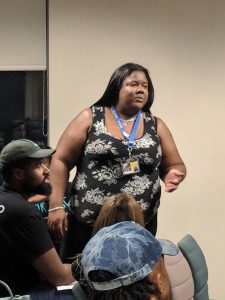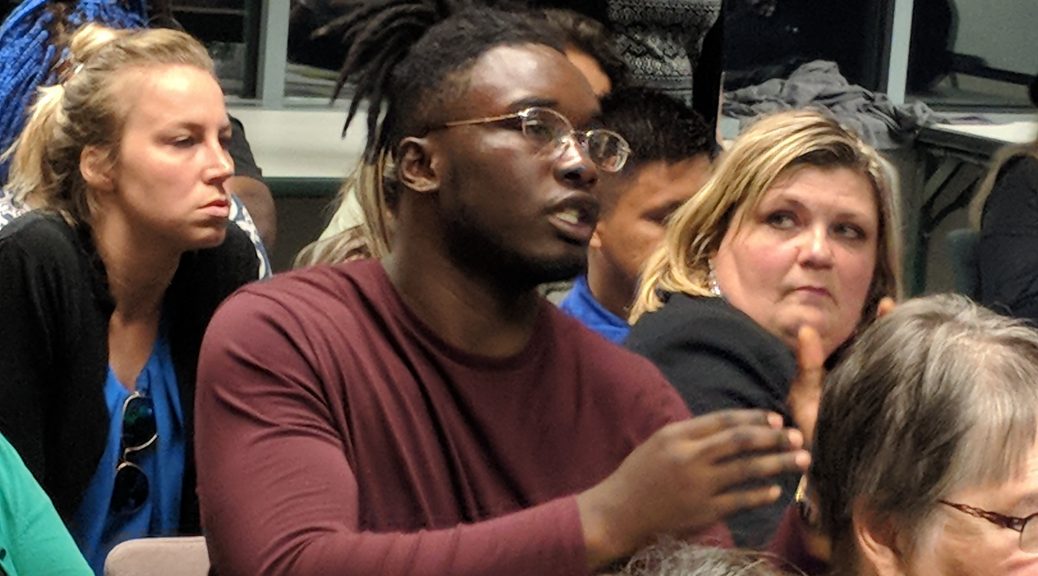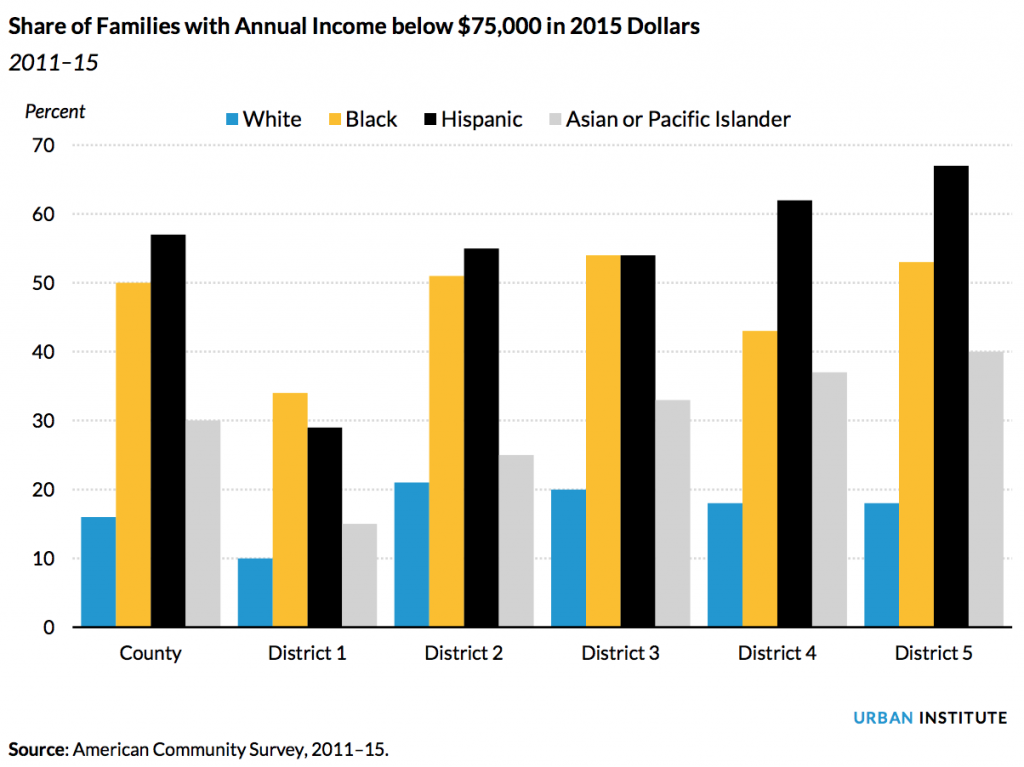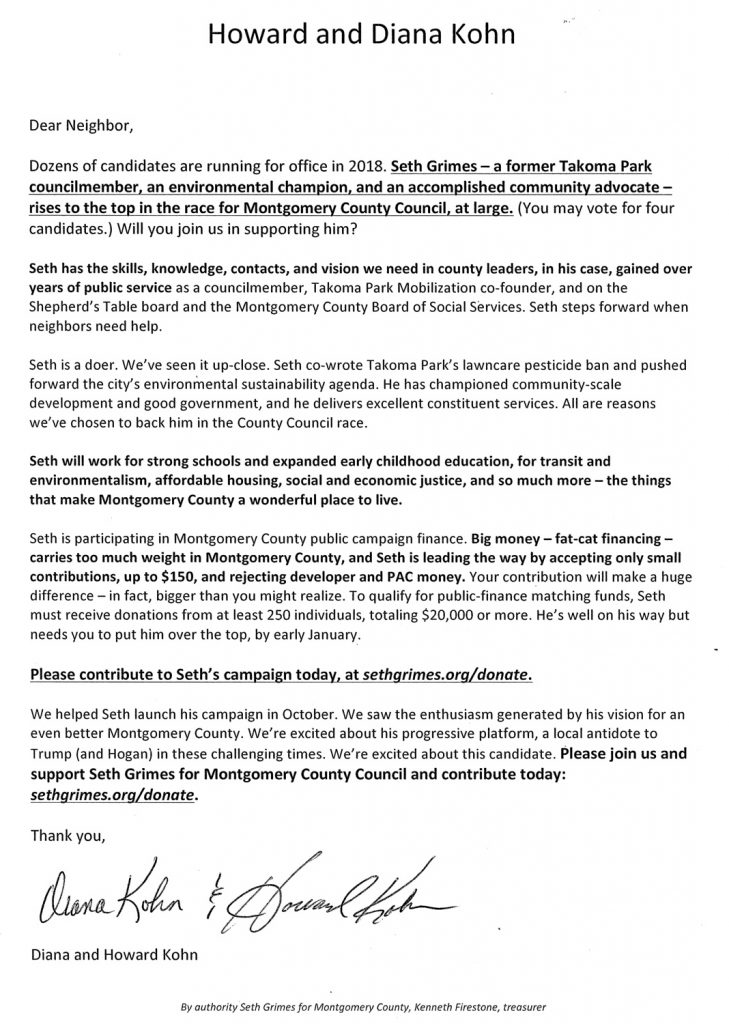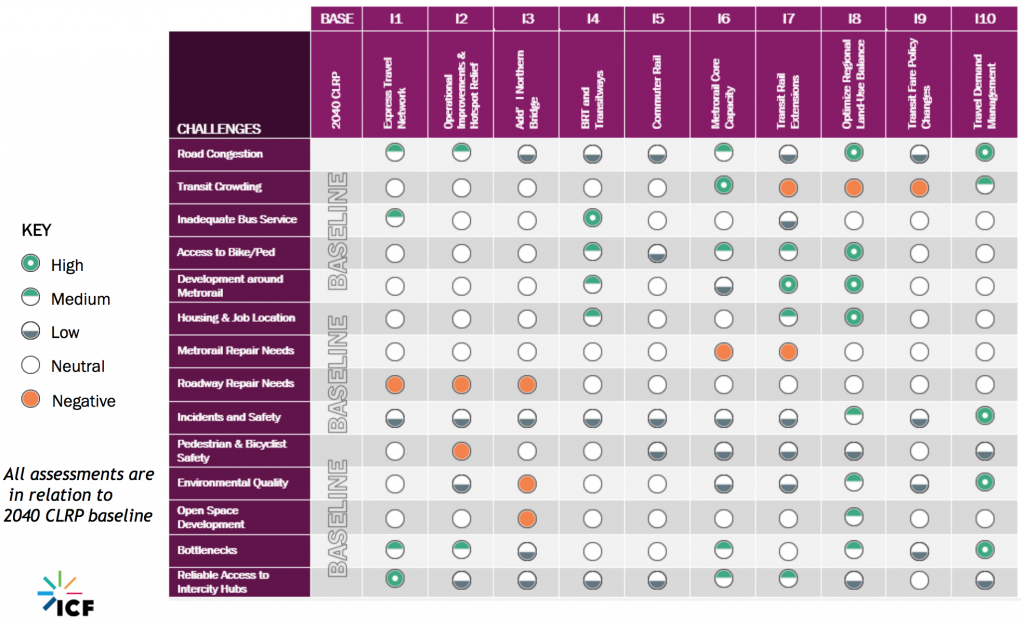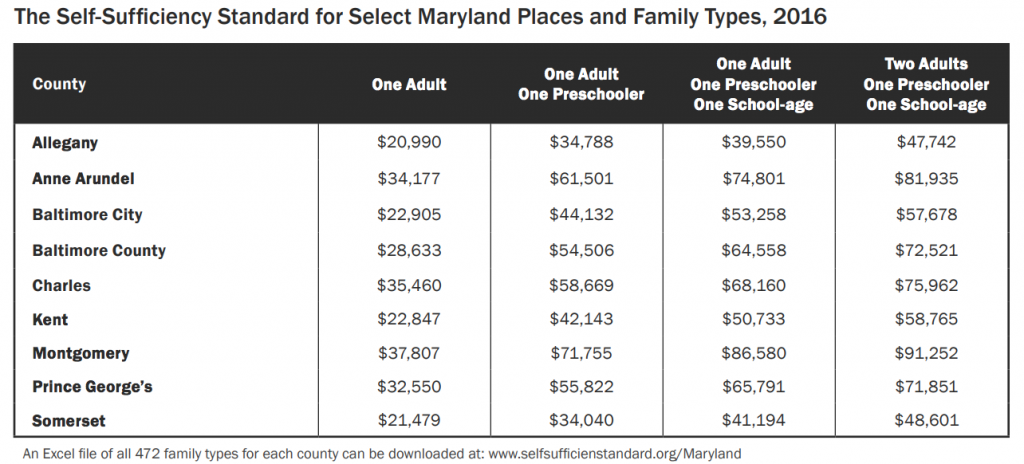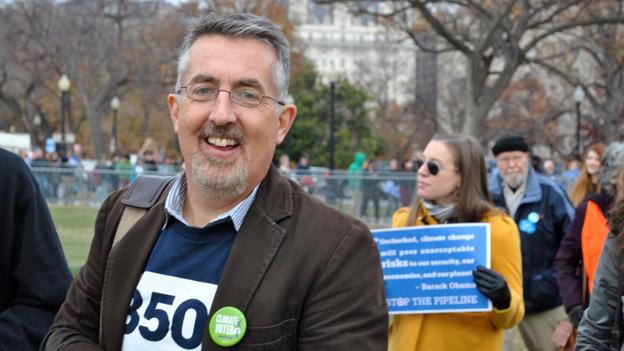In January 2012, I wrote, “A shared-use neighborhood commercial kitchen facility can be a key component in building economic opportunity, environmental sustainability, and improving the health of local citizens.” I was calling for support for the Takoma Park-Silver Spring Community Kitchen, a facility that would “provide small-scale food entrepreneurs the space to prepare value-added food for public sale… This micro-enterprise focus strengthens our area’s food system by increasing the volume of food grown here that can be processed locally.”
Now, almost six years later, that kitchen is operating. A grand opening celebration takes place tomorrow, Saturday, September 16.
The Takoma Park Presbyterian Church had reenvisioned a disused kitchen as a community resource. The church formed an operating partnership with the Crossroads Community Food Network, which runs the Crossroads Farmers Market, whose mission is “building a healthier, more inclusive food system in Maryland’s Takoma/Langley Crossroads.” The Crossroads-kitchen link is essential. It connects bricks-and-mortar – the church facility – to local food suppliers, producers, and vendors, that is, to kitchen users.
This project represents infill economic development. It is based on renovation in place, within an existing building, rather than new construction, working to meet established local need. It provides a model adaptable to a range of community initiatives.
I got involved myself, as a community activist and the Takoma Park City Council member representing the church and the surrounding neighborhood. The church’s first step was to seek a zoning modification, introduced by Montgomery County Councilmember George Leventhal, necessary to house an additional commercial use within a residential zone. Other religious institutions that house similar uses – Meals On Wheels Of Wheaton has long been housed by Temple Emanuel in Kensington, and Meals on Wheels of Takoma Park by Zion Evangelical Lutheran Church – are already commercially zoned. My January 2012 article, Community Commercial Kitchens: An Update on ZTA 11-08, will give you an idea of the give-and-take involved, which led to a better project and to a 9-0 County Council pro-ZTA vote. That give-and-take was actually quite extensive and continues, due to concerns about the kitchen’s neighborhood impact.
The project won $250,000 in Maryland state bond funding, a $75,000 Montgomery County grant, and ultimately $10,000 from the City of Takoma Park, as well as strong community financial support in response to diligent Kitchen Coalition fundraising.
Innovation takes time, however, and persistence counts. Source of the Spring quotes Vicki Warren of the Takoma Park Presbyterian Church: “The beauty for us was that this project, I think, represents the true marriage of community in every respect… No matter what hurdles we came up against, you just had a solid core group of people that just never would give up.”
Montgomery County had initiated a parallel project to develop kitchen incubators in 2013. Then-county Chief Innovation Officer Dan Hoffman cites Econsult Solutions’ report, U.S. Kitchen Incubators: An Industry Snapshot, and you will find quite-interesting food-entrepreneur quotes, on the county Innovation Lab site. However the county refocused soon after on job creation rather than on entrepreneurship and abandoned its kitchen incubator initiative. The need for shared kitchen-space remains, which is why it’s so wonderful that the TPSS Kitchen Coalition persisted.
And now we have Manna’s Mobile Kitchen & Pop-Up Pantry, “designed to tackle two barriers at once by bringing nutritious foods and cooking skills to our community. ”
What if we took the models one step further and expanded cottage industry food production? Maryland already allows small-scale farm-home production. Why not allow others, training in commercial food preparation and safety standards, to similarly prepare products for sale, outside a commercial kitchen? We allow licensed home daycare; why not home commercial food production? The aim is to create economic opportunity delivering wide community benefits at low cost.
The TPSS Community Kitchen embodies a model for local economic opportunity. The model is limited but inspiring. Let’s expand on it to provide additional food-entrepreneurship opportunity for all.
